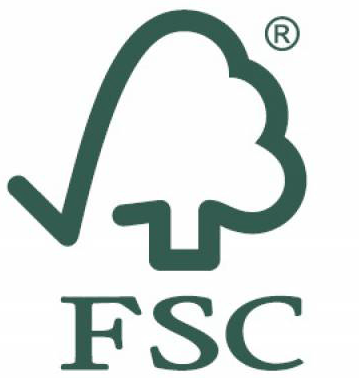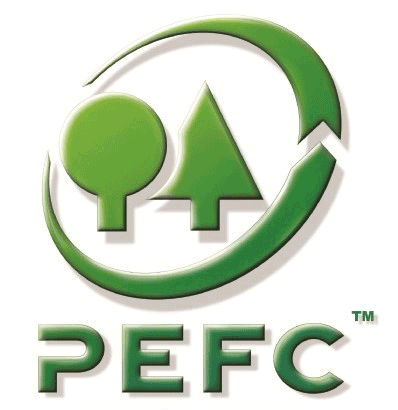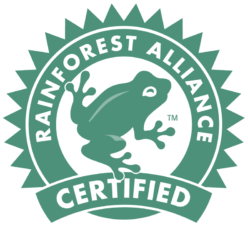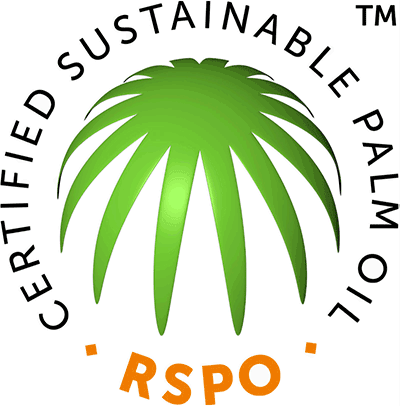Story Guide
How did you like the story of Prof. Eric Lambin?
This page helps you to review and deepen your understanding of the story. Some information is available only here!
[Target Audience: Upper elementary students]
Quiz game!
Q1: Why does Prof. Lambin go to the actual site as well as check satellite images when he studies an area?
Q2: What is Prof. Lambin's thoughts about forest conservation?
Answer:
Q1: Why does Prof. Lambin go to the actual site as well as check satellite images when he studies an area?
Answer : 3. Because it is necessary to understand the thoughts of people living in individual areas and check other information that satellite images cannot tell us.
Although satellite images show the state of plants and soil in individual areas in great detail, we can understand the relationship between environmental changes and land use only by understanding the way the local people think and live. We cannot obtain such information from satellite images; therefore, it is important for us to visit the actual site and interview people living there.
Q2: What is Prof. Lambin's thoughts about forest conservation?
Answer : 2. We should consider forest conservation on a global scale rather than in only one country.
While investigating deforestation in different countries, Prof. Lambin noticed that promoting forest conservation in one country caused deforestation in other countries that export wood to that country. Prof. Lambin realized that forest conservation cannot be promoted in only one country, but that conservation must take place on a global scale. Prof. Lambin wants to promote sustainable land use through the expansion of environmentally friendly approaches including the eco-certification system.
Important points!
Environmental changes in an area are deeply related to land use, and significantly influenced by the lifestyle of the people in the area.
Forest conservation and a sustainable land use need to be promoted on a global scale, not by only one country.
More details!
Eco-certification systems for forest conservation
The eco-certification system described in the main text was developed to certify companies that apply eco-friendly and sustainable means in all business processes: manufacturing, distribution, and consumption of products.
Certification authorities have set standards for environmental consideration in advance and examine the companies to ensure that they satisfy the standards. Only products that satisfy all the standards are allowed to carry the eco label.
You have probably seen labels that have a tree or similar label on stationary. Choosing products with such labels contributes to environmental conservation.
The broad range of targets for certification include forest management, agricultural products, and fishery resources. There are also international systems and systems developed by individual countries.
Here we introduce some of international forest certification programs for forest conservation.
Forest Certification Programs
These programs certify that forests are appropriately managed and that the timber is manufactured from trees grown in appropriately managed forests.
| Forest Stewardship Council (FSC) | |
|---|---|
 |
The FSC was established in 1993 and is a pioneer program among all forest certification programs. |
| PEFC: Programme for the Endorsement of Forest Certification (PEFC) | |
 |
While the FSC has unified standards, the PEFC mutually approves forest certification programs established by individual countries. The PEFC was established in 1999 as a system to secure international standards and match the state of individual countries. This system targets forest, wood and paper products. |
Certification systems regarding forests
The diversion of forest areas to farming may cause deforestation. To prevent such deforestation, some certification systems are established to certify farmlands that take forest conservation into consideration, and agricultural products produced in such farmlands.
| Rainforest Alliance Certification | |
|---|---|
 |
Rainforest Alliance Certification was founded in 2001 to certify sustainable agriculture, when the world faced tropical rainforest destruction by the expansion of farms. Subjects of this certification are coffee, tea, vegetables, fruits, and flowers. This program began certifying countries in South America and Central America, and then expanded to Asia and Africa. |
| Roundtable on Sustainable Palm Oil (RSPO) | |
 |
The RSPO was established in 2004, when the world faced tropical rainforest destruction due to the expansion of oil palm farms. The majority of oil palm farms are in Malaysia and Indonesia; therefore, the majority of certified farms are in these two countries*. |
* There are many other eco-certification systems.
Please look into them if you are interested.
- Marine Stewardship Council (MSC) Certification
- Agriculture Stewardship Council (ASC) Certification
- International Fairtrade Certification Label
- Eco Mark (Japan)
- Organic JAS Mark (Japan)
Professor Lambin is
featured in Gring and Woodin's Comic!
- Gring and Woodin's Comic
- Blue Planet Prize Fun School Series
- Prof. Lambin's Fun School